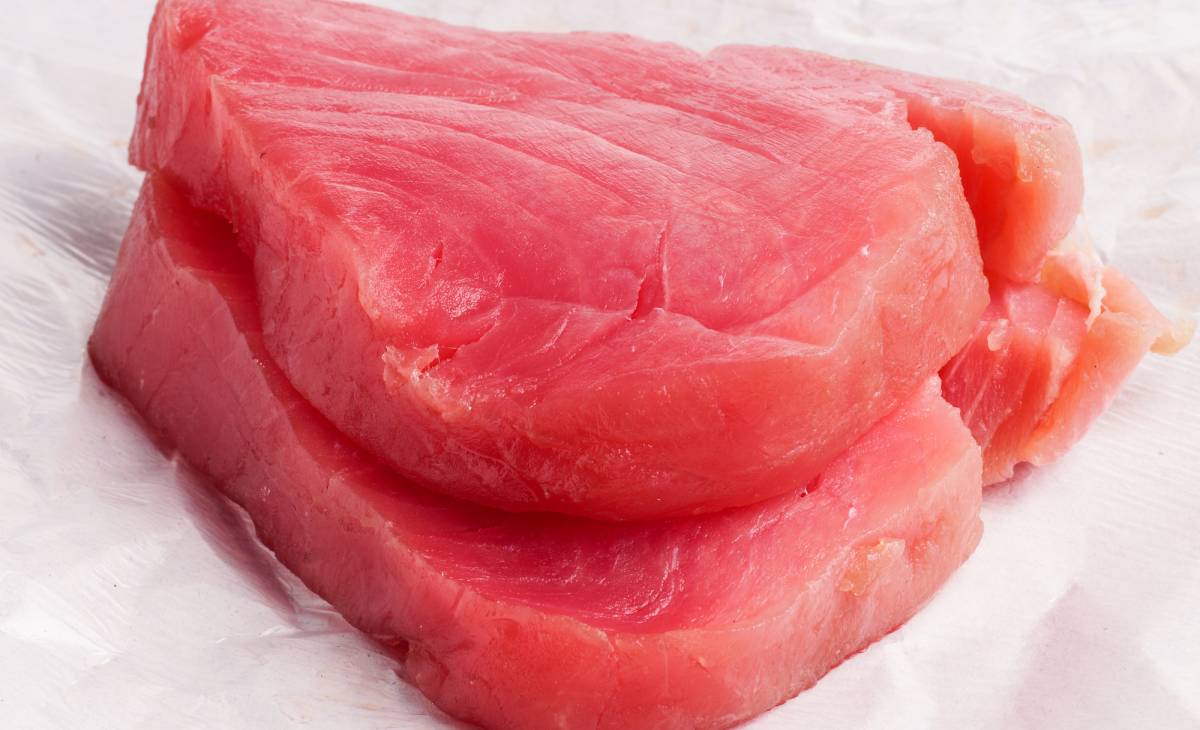New EU limits for additives in tuna to tackle fraud
The EU Commission has recently fixed maximum levels for ascorbic acid (E 300), sodium ascorbate (E 301) and calcium ascorbate (E 302) in tuna to combat fraud. According to the Commission, excessive levels of these additives can expose consumers to the risk of histamine poisoning. The regulation will come into force at the end of October.
Prior to this, no maximum levels existed for these food additives, which should have been used at a level no higher than needed to achieve the intended purpose. However, many food fraud incidents associated with the consumption of sophisticated fish steaks have been reported by Member States (Italy, Spain, France and Sweden in particular).
The investigations that followed unraveled a system where tuna sold as fresh contained the additives in amounts higher than what was considered necessary, thus corroborating the suspicion that the fish used was not as fresh as advertised.
The additives have been used on tuna for canning to alter its color to give the impression of freshness in order to sell it at a higher price, misleading consumers and exposing them to the risk of histamine poisoning.
A group of Member States, led by Spain, asked the Commission to set a maximum limit for food additives as antioxidants in thawed tuna sold as fresh (unprocessed) or marinated tuna (processed).
The Commission responded to the call setting a maximum level of 300 milligrams per kilogram of product. This level, based on the highest amount reported by industry in a previous European Food Safety Authority opinion, can still ensure the legitimate use of the additives in accordance with good manufacturing practices.
In addition, the Commission has made changes to its audit plans for the coming years.
Source:
https://eur-lex.europa.eu/legal-content/EN/TXT/?uri=CELEX:32022R1923






















